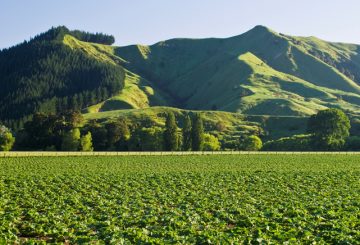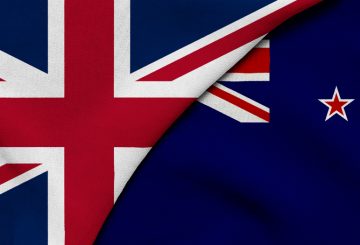NGUỒN: TIN TỨC RNZ
Theo một cuộc khảo sát, đã có mức độ phân biệt đối xử và phân biệt chủng tộc cao trong số những người New Zealand châu Á do Covid-19.
Giảng viên cao cấp của Đại học Massey Sally Liu, người lãnh đạo nghiên cứu, cho biết chỉ dưới một phần tư (22,7%) trong số 402 người trả lời năm ngoái lưu ý rằng họ đã bị phân biệt đối xử vì Covid-19.
Gần một phần ba (32.4%) cho biết những người khác trong các nhóm xã hội của họ trải qua phân biệt chủng tộc hoặc phân biệt đối xử và gần một nửa (45,8%) báo cáo nhận thấy sự phân biệt chủng tộc và kỳ thị vượt ra ngoài vòng tròn xã hội của họ.
Người trả lời ban đầu đến từ hơn 14 quốc gia hoặc khu vực châu Á, nhưng người trả lời Trung Quốc nói riêng báo cáo một cảm giác bị phân biệt đối xử, Tiến sĩ Liu nói.
“Điều này là trong bối cảnh bệnh lan truyền toàn cầu trong đó người Hoa hoặc người Hoa nhìn là một vật tế thần cho sự thất bại của các nước khác trong việc ngăn chặn virus (có nguồn gốc từ Vũ Hán, Trung Quốc).”
Trong khi không có giải pháp ngắn hạn cho phân biệt chủng tộc, chính phủ cần phải làm nhiều hơn để nâng cao nhận thức, bà nói.
“Nếu một đại dịch đang xảy ra, có ích gì khi đổ lỗi cho một số nhóm dân tộc nào đó không? Không phải đâu. Một đại dịch và một loại virus truyền nhiễm không phải là một vấn đề chính trị hay dân tộc, đó là một vấn đề y tế,” bà nói.
“Loại nhận thức xã hội này cần được nuôi dưỡng thông qua quan điểm lâu dài và thông qua hệ thống giáo dục.”
Ngoài ra, khoảng 82 phần trăm người được hỏi đánh giá Covid-19 là một căn bệnh chết người, 80% chỉ ra họ muốn kiểm soát biên giới chặt chẽ hơn khi bắt đầu đại dịch, và 70% sẵn sàng đeo mặt nạ bên ngoài trước khi nó trở thành bắt buộc.
Một tỷ lệ cao số người được hỏi (93.3%) báo cáo họ tuân theo các khuyến nghị về sức khỏe từ các cơ quan chức năng để ngăn chặn sự lây lan của Covid-19, Tiến sĩ Liu cho biết.
“Lý do tập trung vào những vấn đề này là vì chúng tôi tin rằng đại dịch Covid-19 không chỉ là khủng hoảng y tế công cộng, nó còn có thể thông báo cho các lĩnh vực khác nhau và giao nhau về nhận thức văn hóa, các bài giảng y tế, quan hệ chủng tộc, và quản trị y tế khu vực và quốc tế.”
Biên độ tổng thể của lỗi là cộng hoặc trừ 4 phần trăm ở mức độ tin cậy 95 phần trăm.
Đầu năm nay, Ủy ban Nhân quyền đã công bố nghiên cứu tương tự sau khi nhận được hơn 100 yêu cầu sớm trong đại dịch, với lý do lạm dụng lời nói, quấy rối chủng tộc và phân biệt đối xử với những người thuộc cộng đồng châu Á và Trung Quốc.






























































